Mirt is a plant that is associated with peace, silence, comfort, female happiness and well-being. This is an evergreen perennial with inconspicuous, but very gentle flowering. At home, in the Mediterranean, the wild-growing Mirt grows in natural conditions year-round. And in more severe climatic conditions, he feels great on the windowsill. Despite its tropical origin, the Mirt is greatly developing at home, and in some regions - in the Crimea and in the Caucasus - quietly grows in the open soil. What care is needed by myrtle, and is it easy to grow this wonderful tree shrub?
Mirt Tree, Description
Mirt - the evergreen plant of the Mytov family. This wooded evergreen shrubs received its name due to the high content of essential oils in its buds. Hence the Latin Myrtus - "Plant, depleting incense."
- Mirt grows up to 5 m in height. His barrel is weed and strong. Mirt, as a room plant, is characterized by rapid sizes (up to 1-2 m) and is often grown in the form of a strambed tree or a bonce.
- Small leaves of the mirt of oval shape, leathery, saturated green color with a glossy surface. The placement of the leaves is opposite, each leaf is sitting on a short cutter.
- Flowers at myrtle small, dairy color. They are routine, very fragrant, single, stay on elongated flowerwomen. Blossom starts at the beginning of summer.
- From polished colors closer to autumn, elliptical fruits are formed - dark blue berries with a naizh raid. Each berry ripens 15 seeds.
Varieties and varieties of myrtit
The genus has no one dozen species and varieties. Each variety has its own form, the magnitude and even the color of the leaves. Different types and appearance of flower and berries.
- Variant Mirt. - Unusual view with a motley color of greenery. Each sheet is decorated with dots and amber strips. In the presence of abundance of sunny color, it is richly flowers with miniature cream-white flowers with gentle yellow stamens. It has a thin aroma, the air is perfectly disinfect, neutralizes carbon dioxide and unpleasant odors. His crown is perfectly formed by trimming. The blooming Mirt in the people is considered a symbol of fertile.
- Swamp Mirt (Casander)- Little view with an elegantly drawn crown. The shoots are straight, covered with multiple miniature scraps. Leafs are dark green up to 4 cm long. Snow white flowers form brush inflorescences. It has a moderate winter hardiness. In the open soil for the winter of Myrtle dumps the leaves, and in the spring is reborn. It is a poisonous plant. This myrth is not grown at home.
- Mirt Gimentay - The species wears another name - "Happiness of the Bride". Myt's name was married in honor of God, so it is identified with love, loyalty, youth. In nature, it reaches 5 m, at home the height of the pool house does not exceed 80 cm. Delicate leaflets of emerald color. Flowers in a set of white flower with gold color stamens. Flowers and berries possess a sweet fragrance.
- Large Mirt. - A variety of mitt of an ordinary up to 4 m high. At the type of long leaves up to 5 cm, pointed edge and smooth surface. The stems of the Mirita quadrogenic. Flowers small with five dairy petals. The view is actively used in folk medicine for the treatment of diseases of the throat, digestive organs, prostatitis. Excellent disinfects and refreshes.
- Mirt Alhambra - grade with excellent decorative qualities. Leaves are dense, leathery, depleting a strong aroma. Flowers are small, pure white, appear only on the third year after landing. Raisina type - white fruits with spicy aroma.
- Myrt Tarentina - the dwarf subspecies of the Mirta of the ordinary (up to 1 m height). Listers to myrtit elongated, but small to 1.5 cm long. It grows rapidly and very plentifully blooms.
- Mirt Communis - a modest decorative tree with emerald leaves and rich inflorescences. The people are referred to as a dead tree.
- Lemon Mirt. - View with rather long leaves and fluffy inflorescences that deplete a strong lemon fragrance. The leaves are used in cooking for cooking sauces, seasonings, beverages. Also serves as raw materials for essential oil.
- Ordinary myrt - Tall wild look. Straps naked, the leaves are opposite, grouped three pieces, grows in oak forests and handicrafts. At the same time, it is the most common view grown at home. Flowers are ordinary, but very fragrant.
How to grow Mirt
You can independently grow myrtle either by seed method or soothing. Each method has its own characteristics that need to be taken into account.
Mirt, reproduction with seeds
Reproduction seeds can not be called the most suitable method of reproduction. Shoots grow slowly, and their blooms have to wait for several years. But still myrtle often reproduce in such a way.
How to grow myrtle from seeds:
- In the first days of spring prepare sand-peat soil.
- Putting it in a boardwalk or other capacity convenient for you. The layer of earth should be 10-12 cm.
- Seeds scatter from above, and then sprinkle their ground with a thickness of 3-5 cm.
- Next, the soil spray with water so that it is well moisturous, covered with glass.
- For germination of seeds, the temperature in the room at + 20 ° C is posed.
- Once a day, the guy is ventilated, the duration of the procedure is 4-6 minutes.
- Two weeks later, when shoots appear, the greenhouse is taken away. If the seedlings went too thickly, they are thinned.
- Picking is carried out after the formation of the third sheet.
- A month after germination, nitrogen fertilizers contribute.
- Then once a month in turn feed the organic and mineral fertilizer.
Mirt, growing with cuttings
Shining allows you to get new seedlings in the shortest possible time, which will have all the varietal features of the maternal bush.
Conduct a shilling in this way:
- Preparing semi-resistant stalks of myrtit with four leaves.
- They make a cut at an angle of 45⁰, and this end is immersed in Korninn.
- Then the cuttings are immersed in nutritious and wet soil.
- From above, the cuttings are covered with a film or a plastic bottle.
- The soil is constantly maintained in a humidified state. If it gets dry a little, the cuttings never stop the roots.
- A month later, young Mirt begins to grow from the cuticle.
- At this stage, the guy is cleaned and provide usual care.
Landing Mirt at home
It doesn't matter that you will be perching, a stalk, a seedling or seedlings, the planting process must be strictly observed:
- The plant is extracted from the previous pot and roll up to a new one.
- For 2-3 days before landing, it is excluded by watering to make it easier to get rhizome without damaging it.
- The new pot of larger is laid drainage, on top of the soil.
- Rhizome deepens, the soil is slightly sealing in a rigorous circle.
- Then they spend abundant irrigation, until the earth starts to flow from the drain holes.
Mirt, care at home
Mirt does not need complex care. But without due attention, he cannot remain. It should be borne in mind that because of the wrong content, it can drop the leaves and not bloom.
Location and lighting for the Mirt
- Mirt prefers the sun with a moderate amount of direct sunlight. At midday time, Mirt may need to be shading, if it is on the southern window.
- The full shading of myrtle does not tolerate. And although the shadow does not lead to his death, flowering and saturated color of foliage will not. Therefore, on the north side of the Mirt is unreasonable.
- An ideal place for Mirta - windows overlooking the West or East.
- Mirt in the pot loves active air circulation, so it can be put on a draft. In addition, air flows will contribute to the spread of its wonderful fragrance.
- In the summer, myrtle, together with a vason, can be taken into the garden or on the balcony.
- Mirt does not like a sharp change of residence, so you need to move it to a new place gradually.
On a note! In our edges of Myrtle - a flower room, but in the summer he can live in the garden, on the balcony and terrace. It should be protected from direct sunlight and garden pests.
The temperature and humidity of the air for the Mirt
- In the summer of Myrtle, it is well tolerating the room temperature, the main thing is to be cool in the room. Suitable temperature + 18 ... + 23 ° С.
- In winter, Mirt is sent on peace, so the air temperature should not exceed + 8 ° C. If this ability to contain myrtle is not, the home flower often and abundantly spray all winter so that it does not drop the leaves. But wintering in the warm room is likely to end in that the Mirt will not bloom in the summer.
- Mirt - Tropical flower, so loves increased humidity. In the hot time it needs spraying. If the plant is warm in heat, the moisture source is located near it - an automatic humidifier or water container.
Choice of soil and pots for myrtit
The soil for myrtle uses purchased. It is best to acquire a special weakly acidic mixture for palm trees. It is very light, does not give water to be stuffed, but at the same time it is perfectly holding moisture. Or you can make a mixture yourself from equal shares of sand, delicate earth and peat. For looseness add a little perlite or coconut fiber.
While myrtle is at the stage of growth (it lasts up to 3-5 years), to transplant myrtle to the Vazon, which is 2 times more than the previous one. It is better to use high and bulk pots so that the powerful root system of the Mirta has a space for development.
Watering and feeding Mirt
An important part of the Mirtite Care - Spraying and Regular Watering:
- In the spring season, the soil in a pot with the Mirt must be constantly wet.
- In hot weather, the bush spray, and from time to time they arrange a warm shower.
- For irrigation, softened water is used, it must be estimated or filtered.
- As the air temperature decreases, watering is reduced.
- You can not allow the soil drying, otherwise myrtes will throw the leaves. But overflow is also contraindicated. Excess moisture provokes the development of root rot.
- Undercasks for myrtit are needed moderate. Twice a month they feather mineral mixtures. During the rest, fertilizer does not contribute.
How to transplant myrtle
The transplant is carried out by transshipment method to a new pot 2-3 size more than the previous one. Adult plant can be transferred to the old vase with a new soil.
Mirut requires a transplant annually, if this is a young plant (he is no more than three years). Then transplants are reduced to once every three years.
How to do the pruning of myrtit
Myrtle moves well trimming and takes the most pretty forms. It can be formed in the form of a bowl, an interesting figure, a bonia. The main thing is not to collapse his barrel, and the side shoots are not too agitated.
The solid trimming of the crown can be carried out in the spring, and the september - at any time of the year. But it is not necessary to get involved in spring trimming, if you want to see the blossom of myrta: by negligence, it is possible to crop all the floral kidneys and a plant will not be able to bloom.
Problems in the cultivation of March
Passing difficulties - drying, dropping leaves and the absence of blossom of myrtit. There are many reasons, but most of them are incorrectly created conditions for the bush.
Mirtut leaves leaves
The reason is the dry air, the heat indoors. If it is winter, you need to start regularly spray the plant or put it away from the heating devices. If this summer, it is also necessary to establish watering and put a pot with the Mirt in the cool, slightly shaded place, or take an open air.
Mirt dries out
If the leaves began to dry out, twisted and fall, the plant is not evolved enough. It is necessary to do it daily, and starting in autumn, once every 2-3 days or as the soil graze.
If everything is in order with watering, and myrtle dries away and what you do not know, you need to transplant the plant. Perhaps the reason lies in the excess of nutrients. If you cranched mygit fertilizers a little, dig it, rinse the rhizome under water, and transfer to the new soil.
Mirty diseases and pests
If the Mirate is provided with due care, it is no more. Only from an excess of moisture, he can get rotting and die. From the pests on myrtite, the web ticks and a word are becoming. Their appearance causes very dry air indoors. Insecticides are used for treatment.
Myrt, photo
Mirt is a gorgeous plant shrouded in ancient beliefs and rituals. It does not create difficulties, and with gratitude responds to your modest care. And when a beautiful bush grows out of a small seedling, myrtle becomes the subject of your pride.

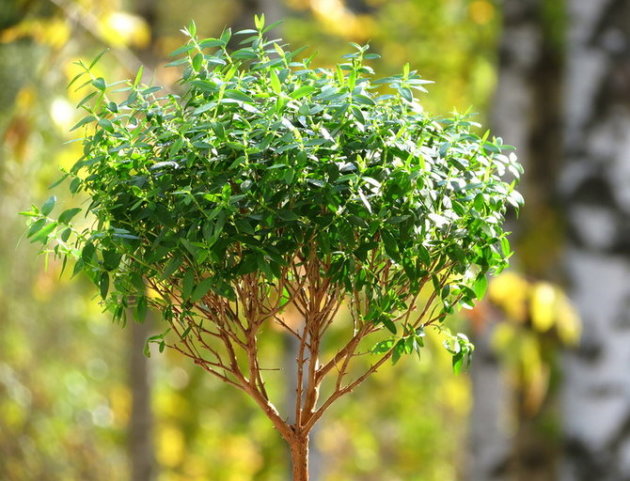
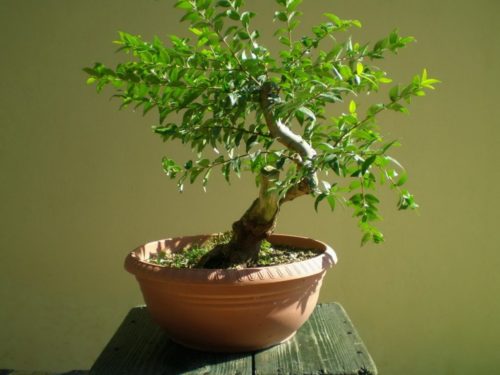
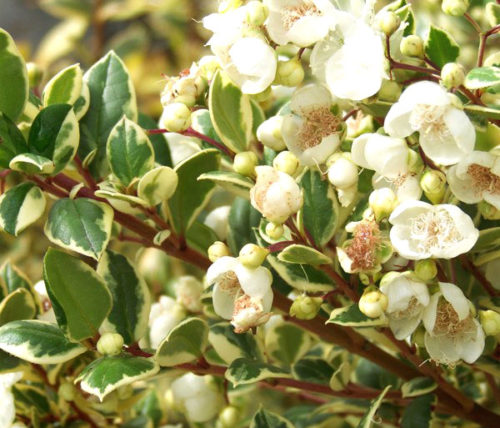
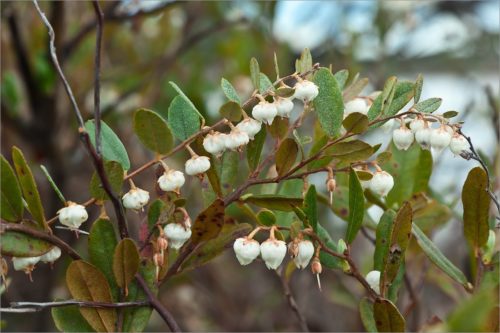
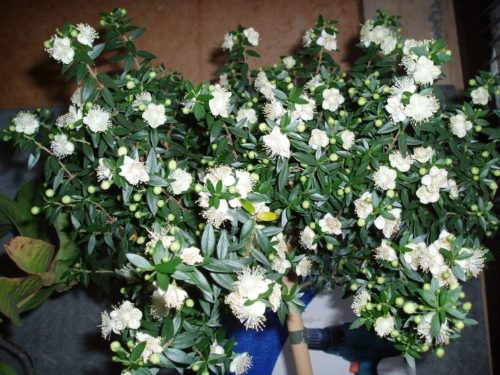
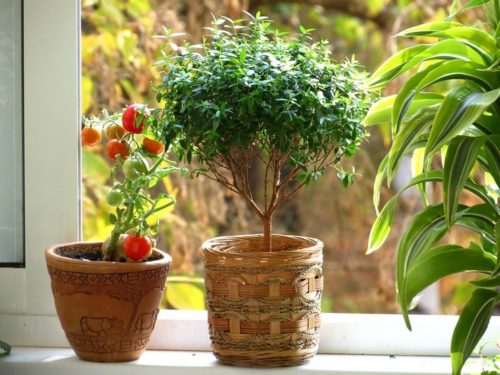

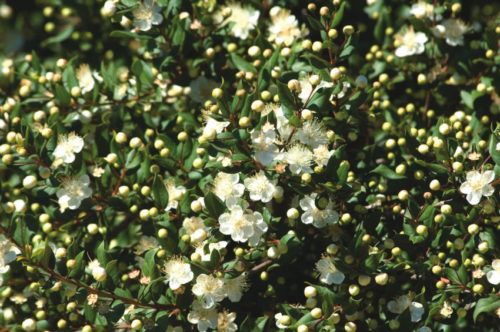

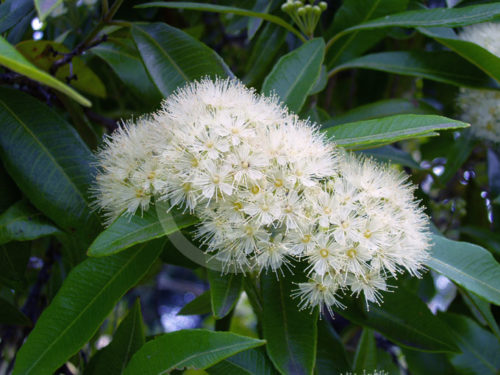
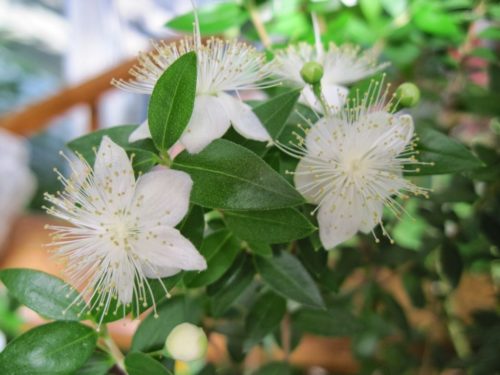
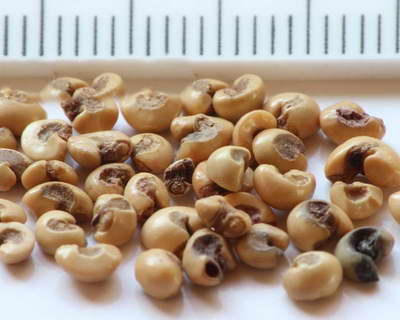
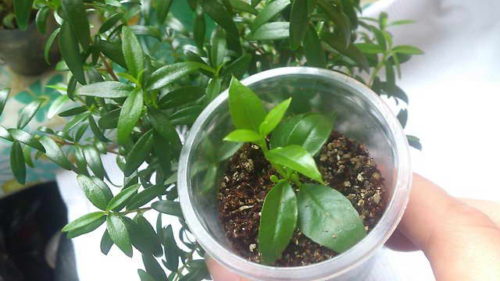
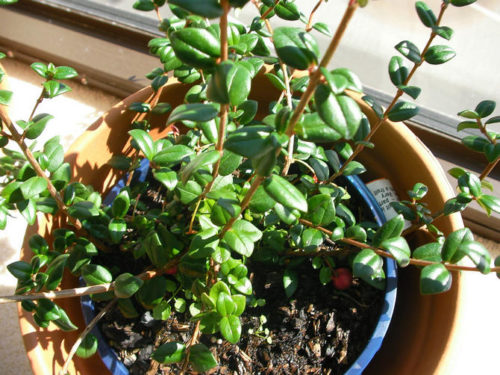
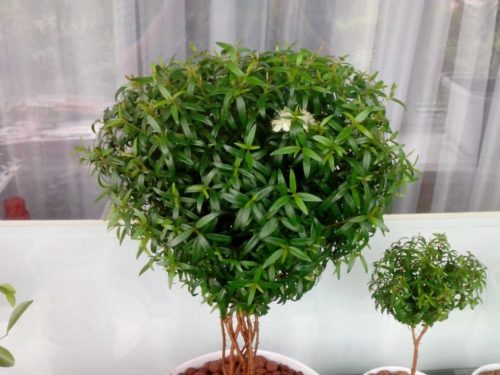
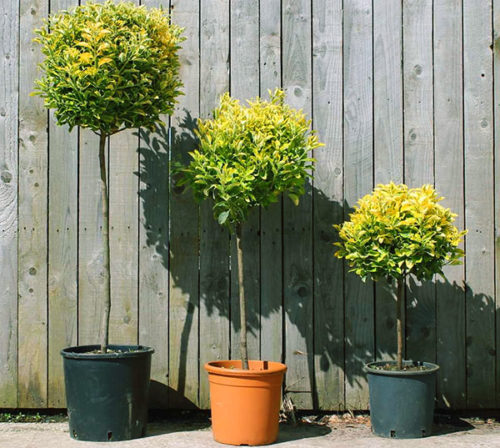
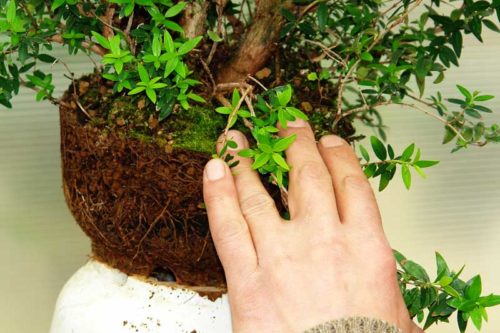
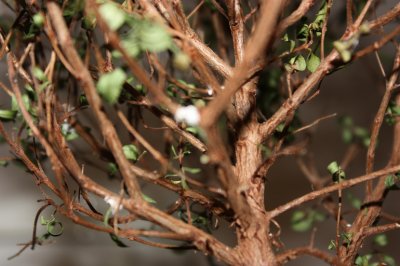
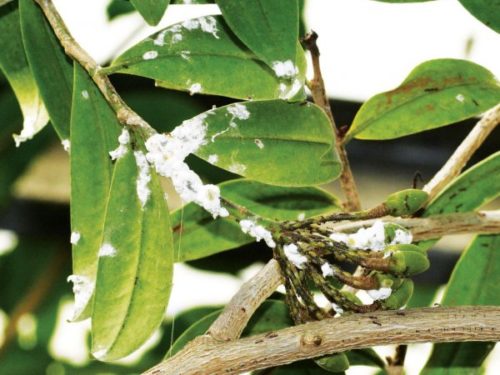
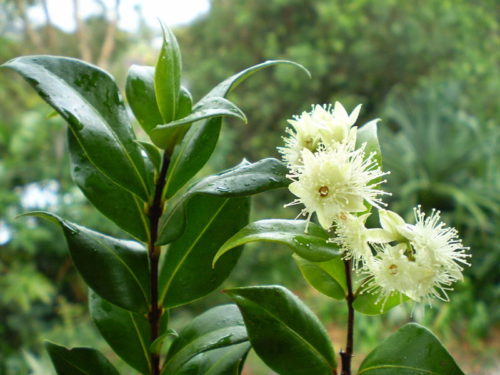

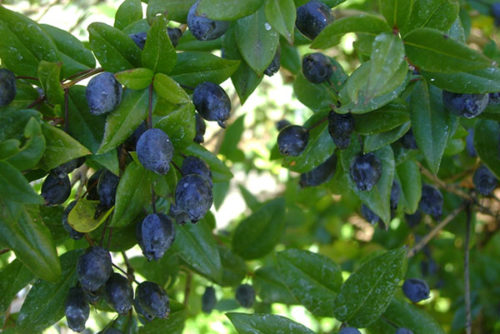
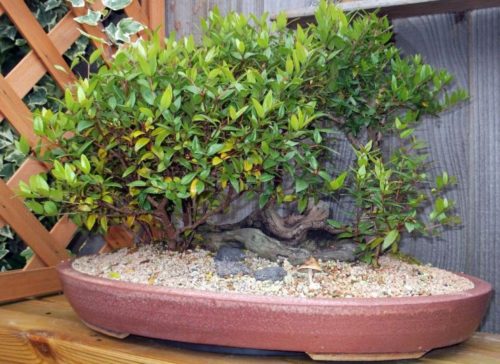












 Start a discussion ...
Start a discussion ...